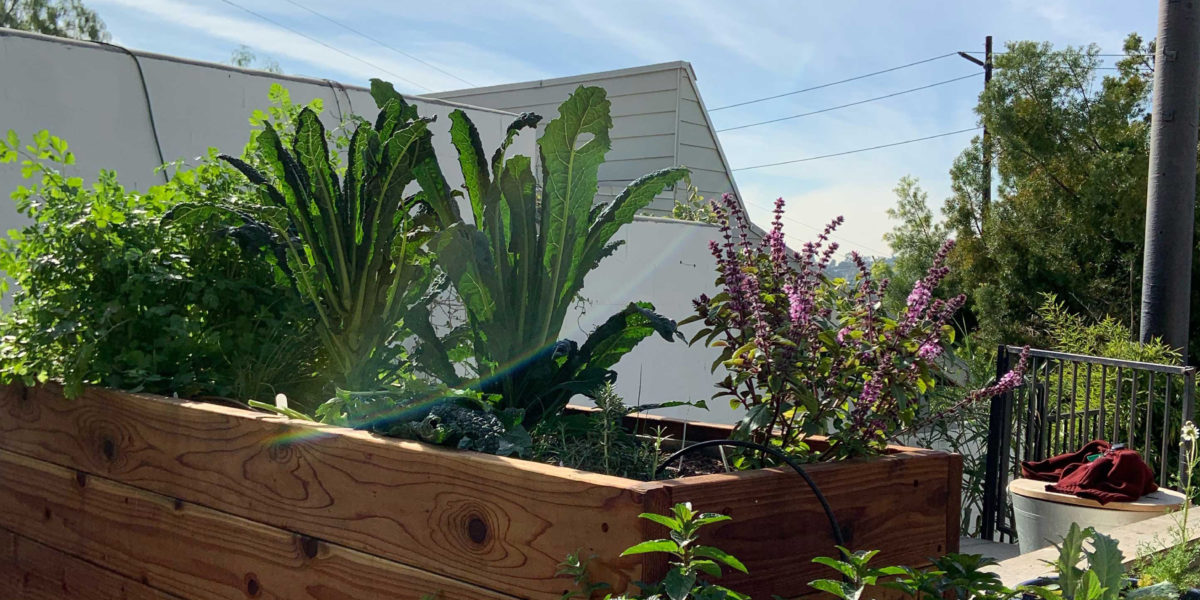The 8-Minute Rule for City Blooming
The 8-Minute Rule for City Blooming
Blog Article
The 7-Second Trick For City Blooming
Table of ContentsCity Blooming Can Be Fun For EveryoneCity Blooming Fundamentals Explained3 Easy Facts About City Blooming ShownCity Blooming for DummiesOur City Blooming Ideas
Intrigued in growing food for sale in the City of Chicago? Below is a checklist of often asked inquiries pertaining to the guidelines and laws that cultivators must consider when preparing an urban farming project.
The zoning change does not customize any kind of other codes managing composting, structure authorizations, acquiring or leasing City owned building, company licenses or ecological contamination. There are existing codes that manage these issues and they continue to be completely effect and might apply to your task. Community gardens are typically had or handled by public entities, public organizations or community-based organizations and kept by volunteers.
Urban farms grow food that is planned to be offered, either on a not-for-profit or for-profit basis. Because of their industrial objective, urban farms need a service license. Yes. A community yard is enabled to market excess generate that was expanded on website if the sales are accessory or subordinate to the yard's primary objective defined over.
City Blooming Can Be Fun For Everyone
Composting is enabled but just for plant material that is created and made use of on site. The amount of compost material can not surpass 25 cubic yards at any kind of offered time according to the criteria in 7-28-715 of the City's Municipal Code. Yes. Because the dirt at most new yard websites needs amending, garden compost, dirt, wood chips, or various other materials can be obtained to build or boost the expanding area - sustainable gardening.

If a building license is called for after that the hoophouse will be considered an accessory structure. You can learn even more about the structure permit demands by getting in touch with the Division of Structures. The 25,000-square-foot dimension limitation is intended to stop a single community garden from controling a given block or interfering with the block's existing household or business personality.
The restriction does not use to yards located in Public Open Area (POS) areas. Can there be more than one area garden that is 25,000 square feet on a single block? Secure fencing is not required, however, yards that have huge car park locations might be called for to set up fence or other landscape design functions.
The Ultimate Guide To City Blooming
B1 & B2 areas call for that all commercial usage activities be performed inside. R areas limit business activity. The regulations show the function and intent of the Zoning Code. Is secure fencing required for city ranches? Yes. Fencings might be required, along with landscape design and testing, for sure parking lot and outside job or storage areas relying on location and the particular activity occurring.
Urban farms require structure licenses and zoning authorizations prior to construction (sustainable gardening). Various other types of city evaluation may be called for depending on specific frameworks, activities, size, landscape design, licensing, public heath and stormwater administration concerns.
The Division of Business Matters and Customer Protection can assist identify the specific type of company permit that's required. Off road car park is needed for most industrial projects in Chicago. The called for number of car park rooms is based on the number of workers working on site and not the square video footage of the expanding room.
Top Guidelines Of City Blooming

A metropolitan farm can market compost material produced on website, nevertheless, the operation must conform with the guidelines in 7-28-715 of the Chicago Municipal Code. Aquaponic systems are enabled indoors on city farms in many zoning areas.
Approximately 5 hives or swarms of honey may be kept as an accessory use. Beekeepers must sign up with the Illinois Division of Farming. To learn more concerning the suggested zoning amendment you might speak to the Division of Real Estate and Economic Development, Bureau of Planning and Zoning at 312.744.8563.
Farming in cities and metropolitan locations A metropolitan ranch in Chicago. Urban agriculture refers to different techniques of growing. https://telegra.ph/City-Gardening-Embracing-Green-Spaces-in-Urban-Life-06-27, processing, and distributing food in metropolitan areas. The term likewise puts on the area activities of animal husbandry, aquaculture, beekeeping, and gardening in a metropolitan context. Urban farming is differentiated from peri-urban agriculture, which happens in backwoods at the edge of suburbs.
City Blooming Fundamentals Explained
It can entail a movement of natural cultivators, "foodies" and "locavores", who seek to create social networks founded on a common ethos of nature and area holism. These networks can establish using formal institutional assistance, becoming integrated right into local town as a "transition town" movement for sustainable metropolitan advancement.
In either instance, the extra straight accessibility to fresh vegetable, fruit, and meat products that might be understood with metropolitan farming can improve food safety and food security landscaping while lowering food miles, resulting in lower greenhouse gas discharges, therefore contributing to environment adjustment mitigation. Several of the very first evidence of metropolitan farming comes from Mesopotamia.
Report this page